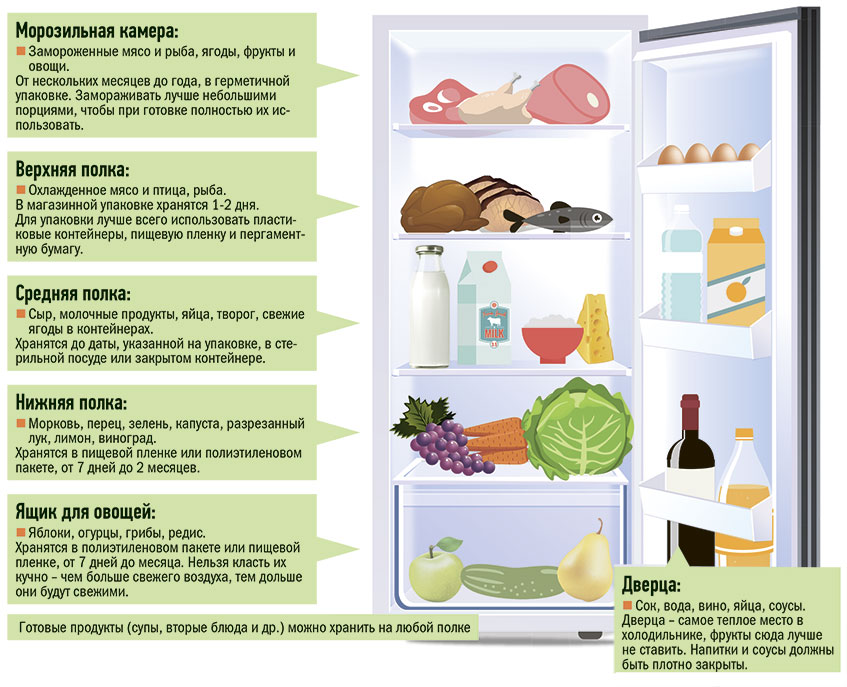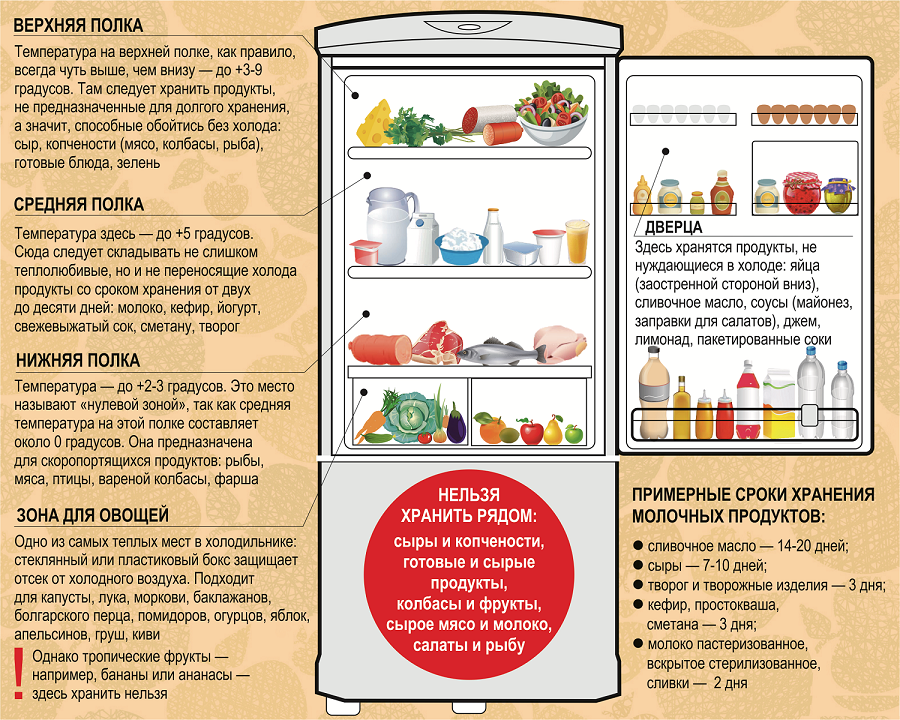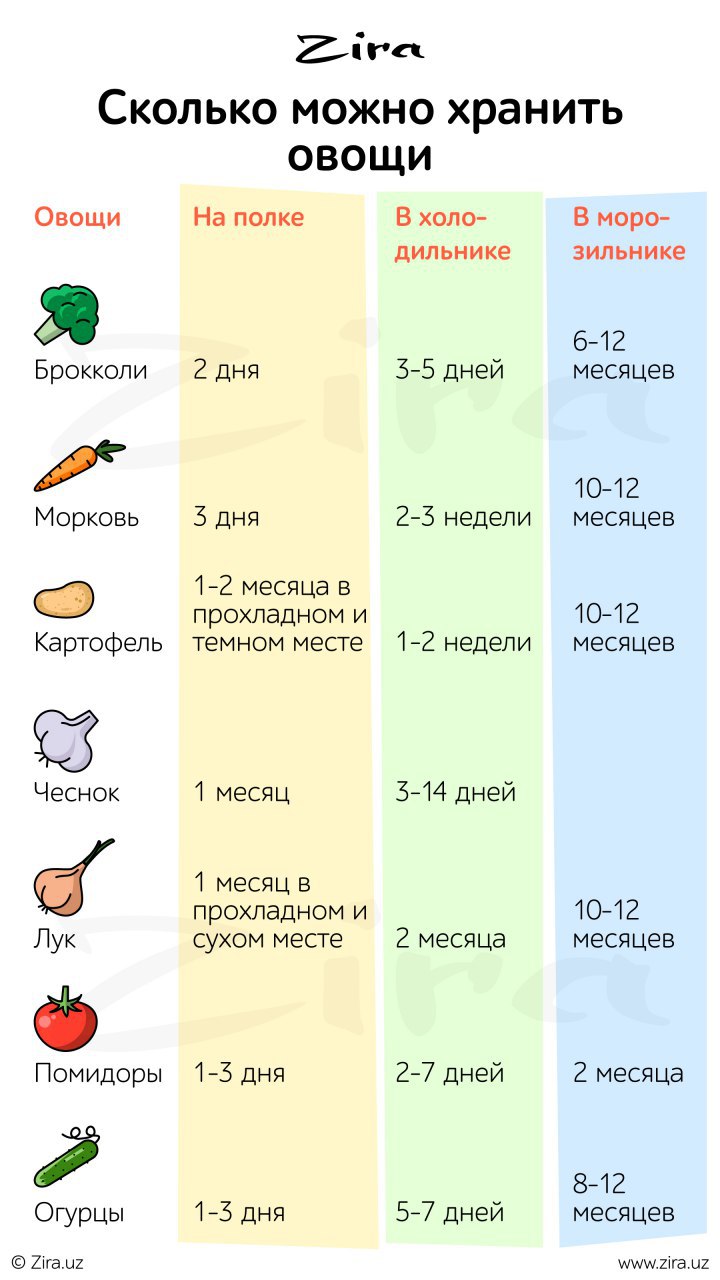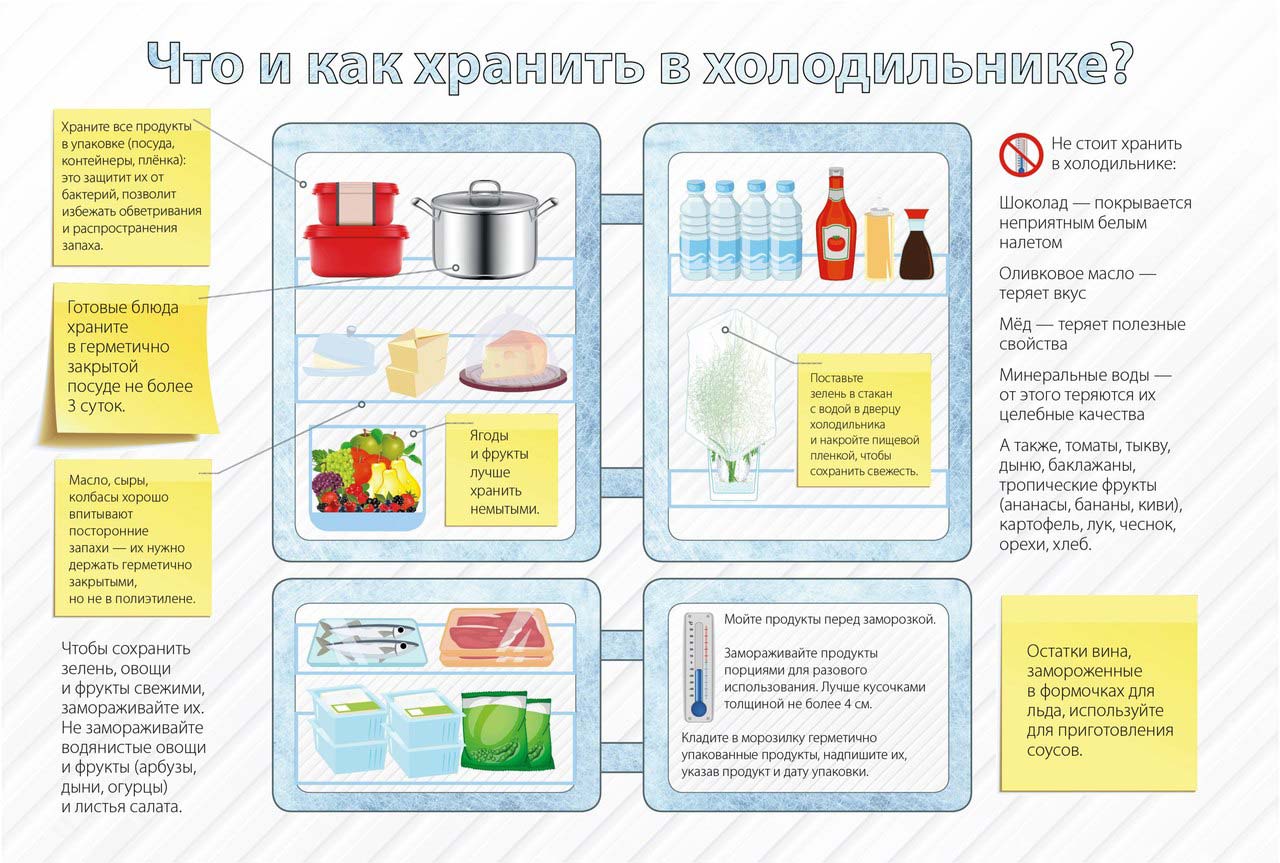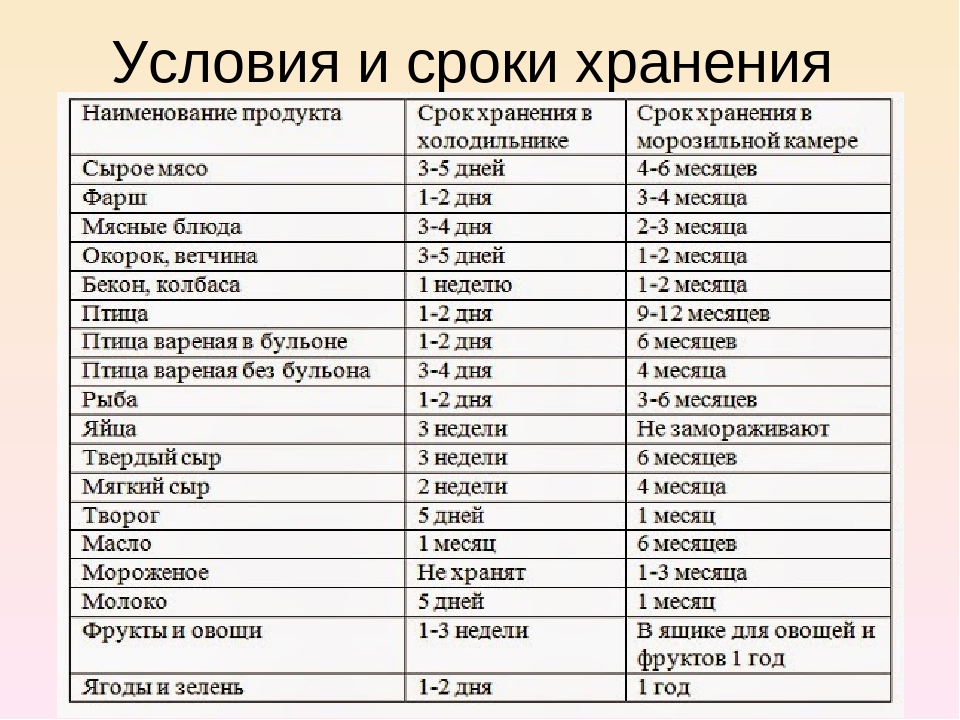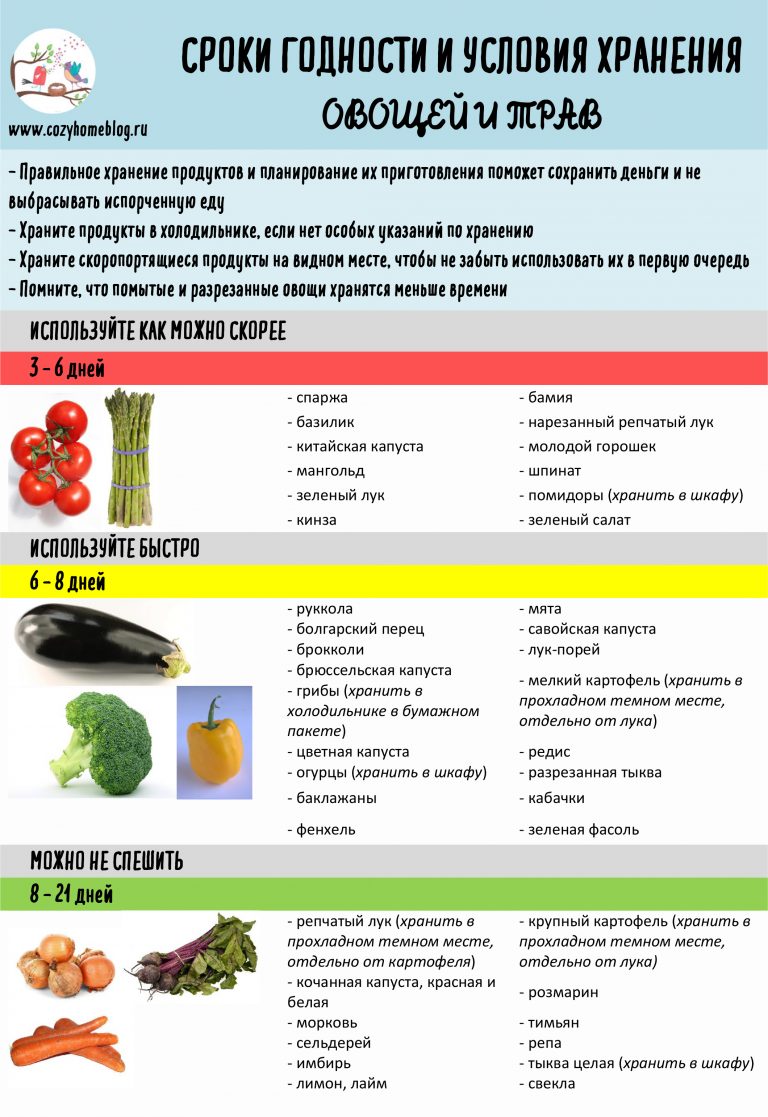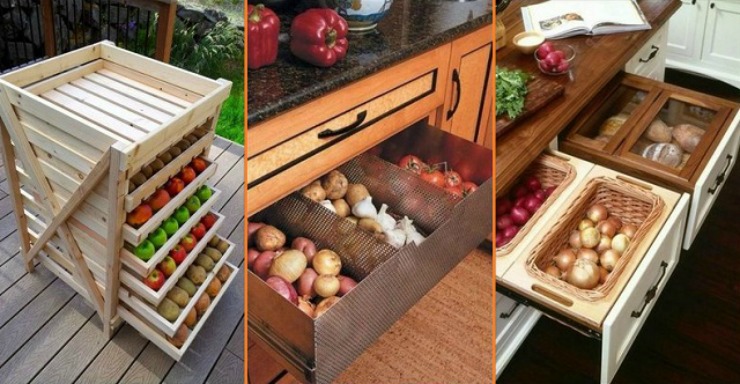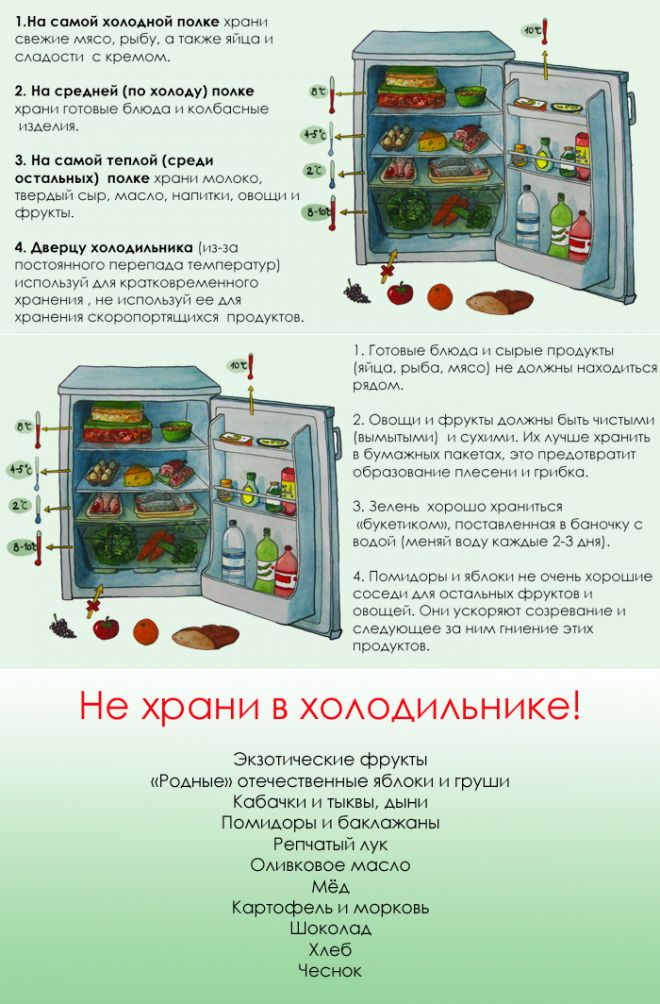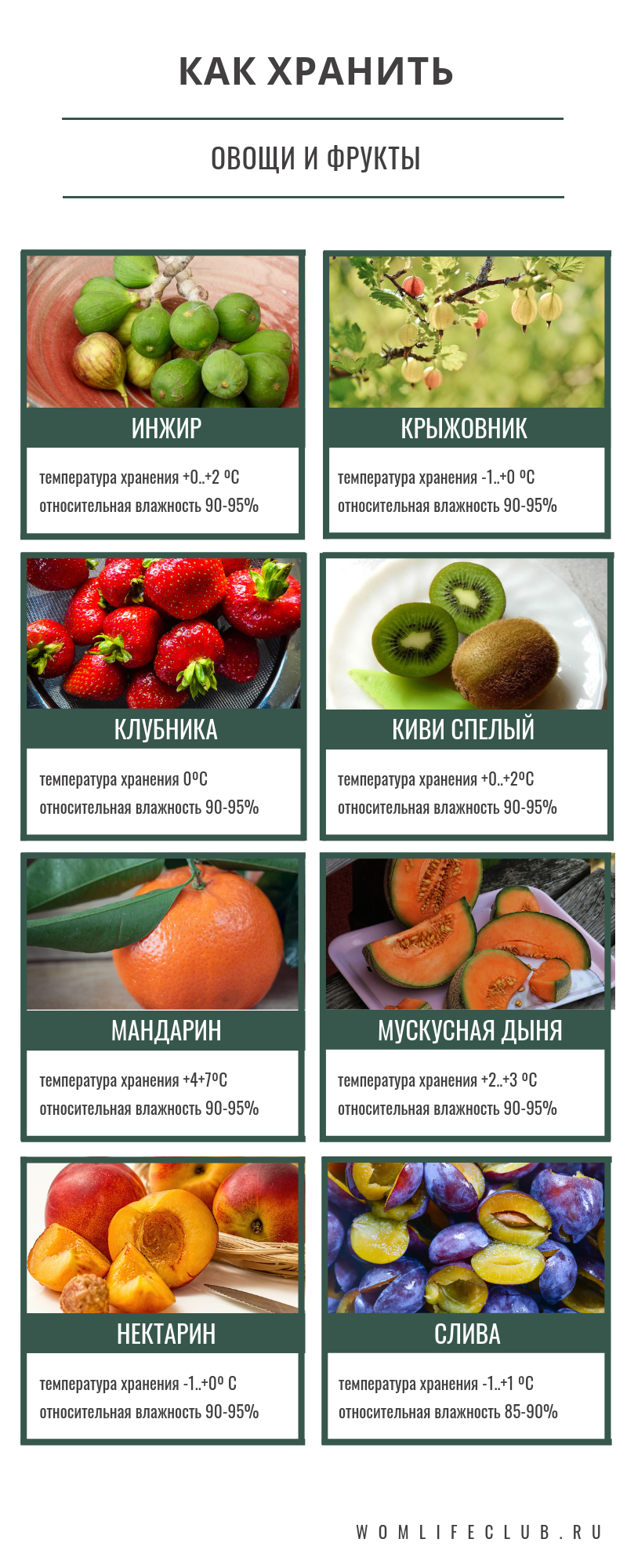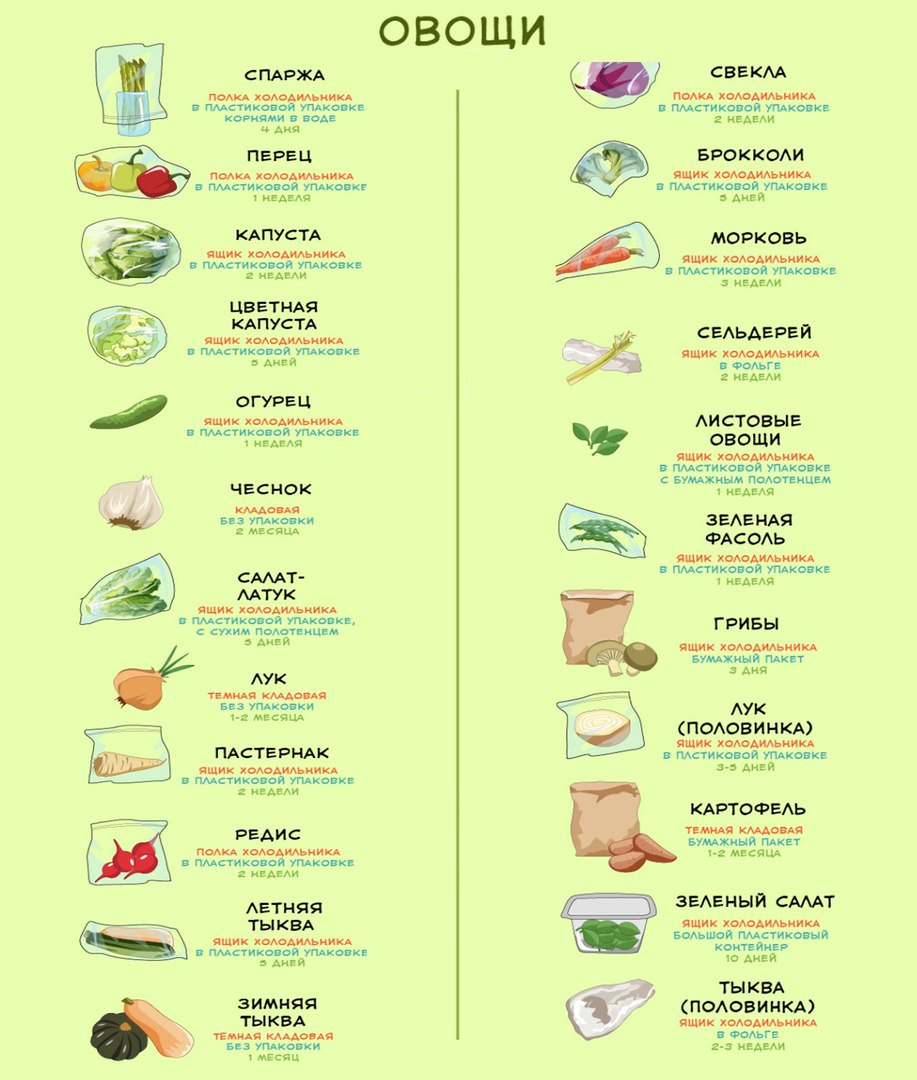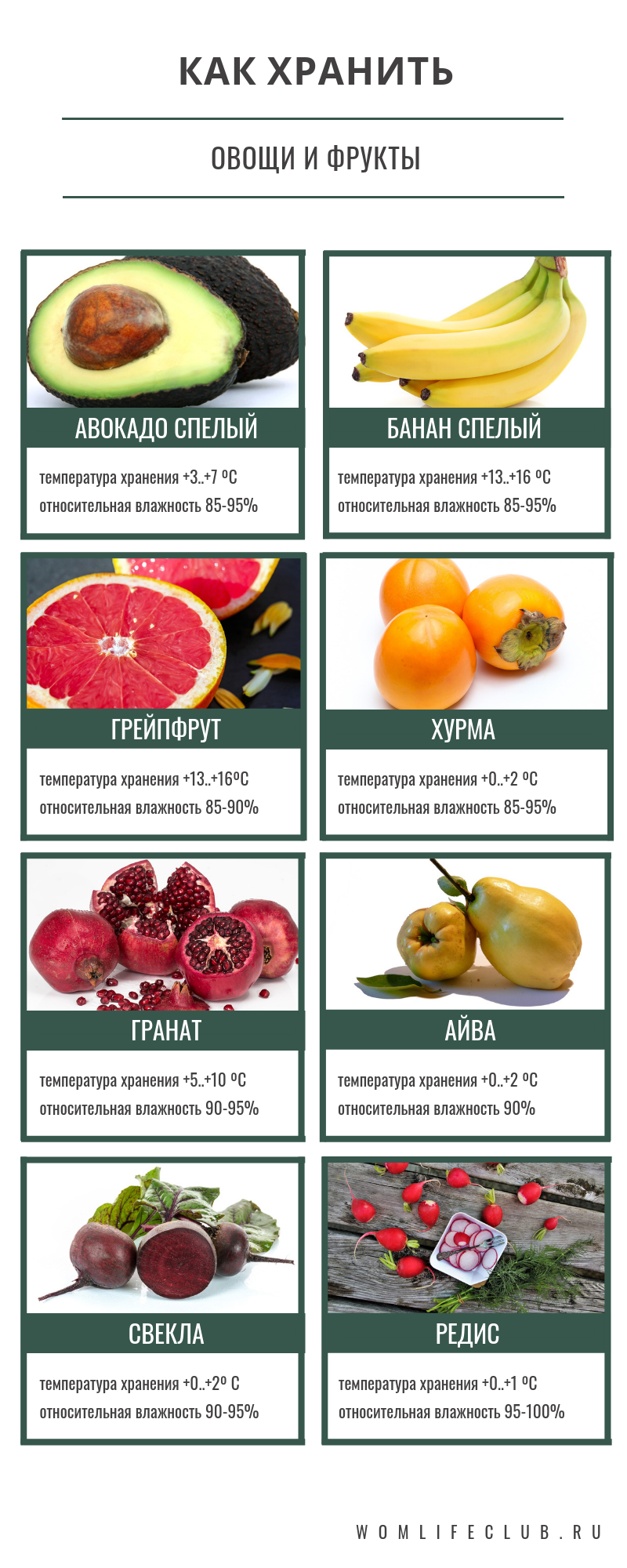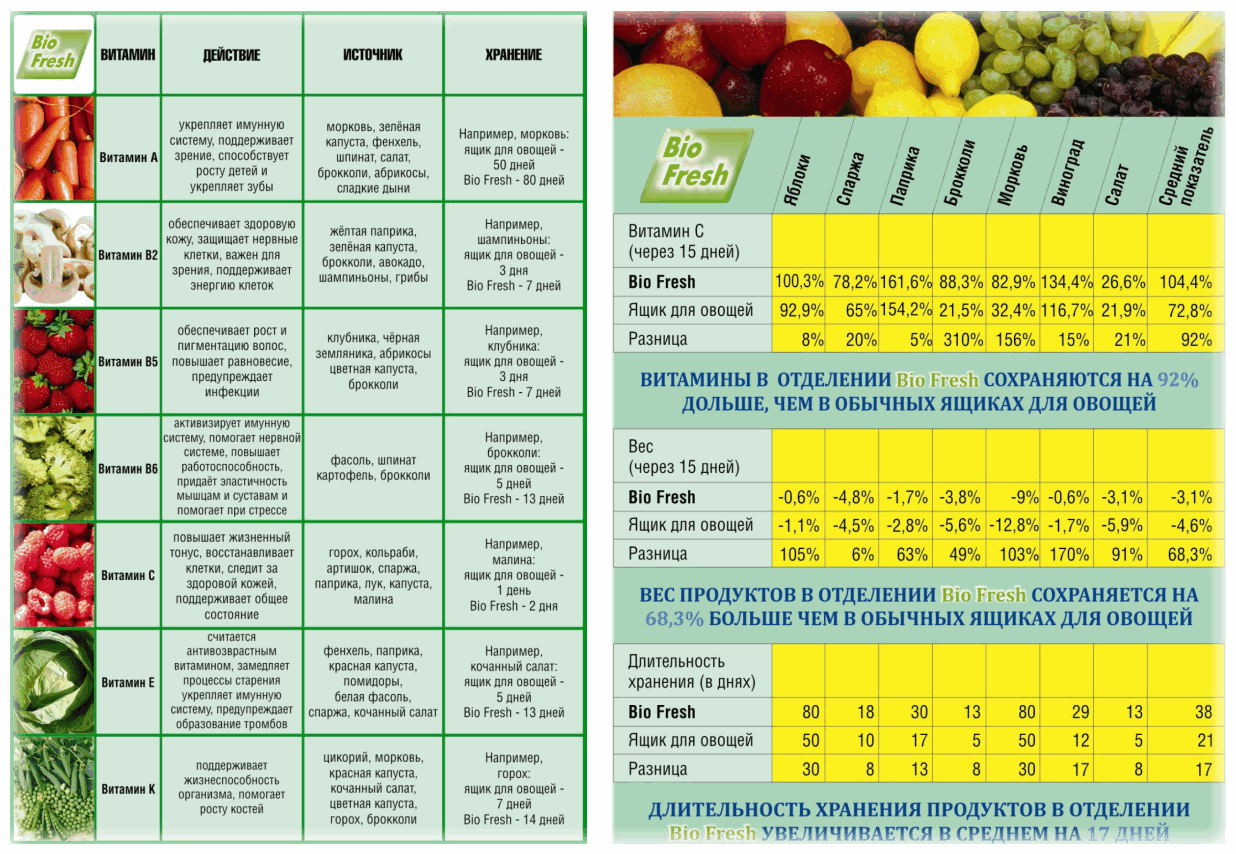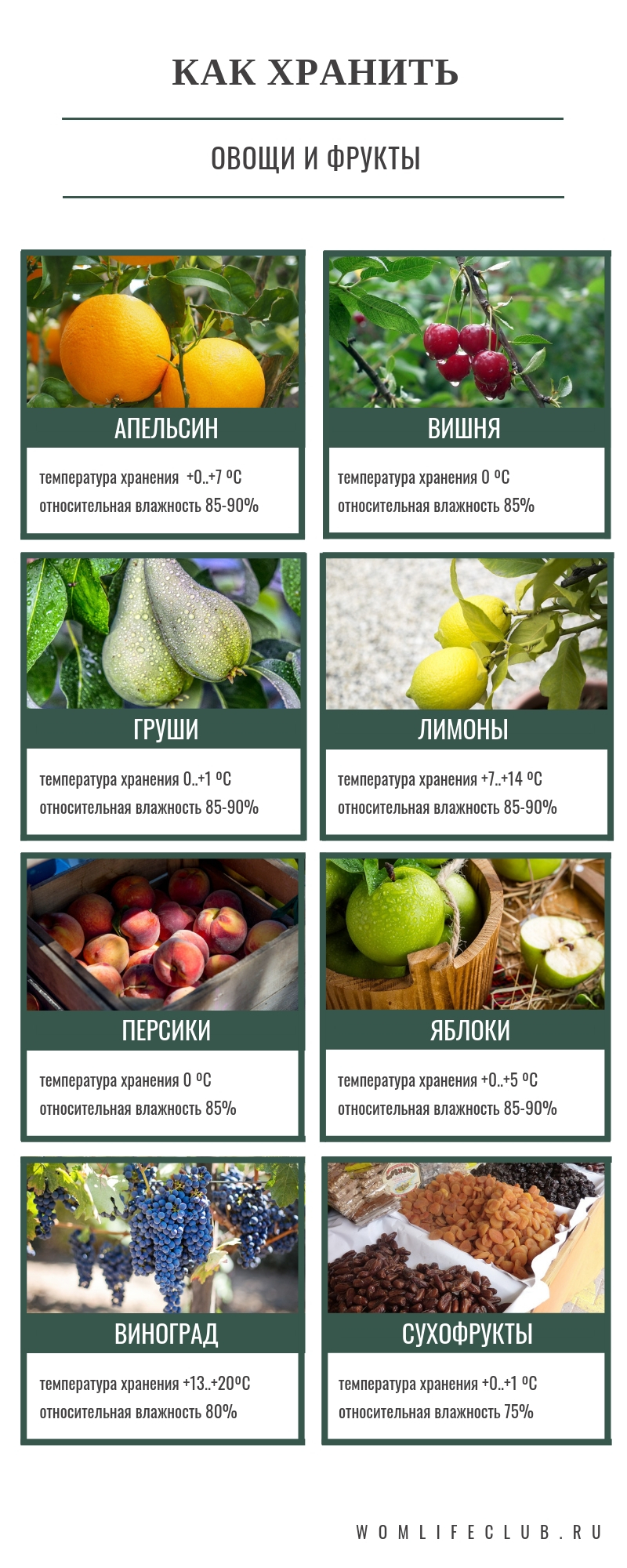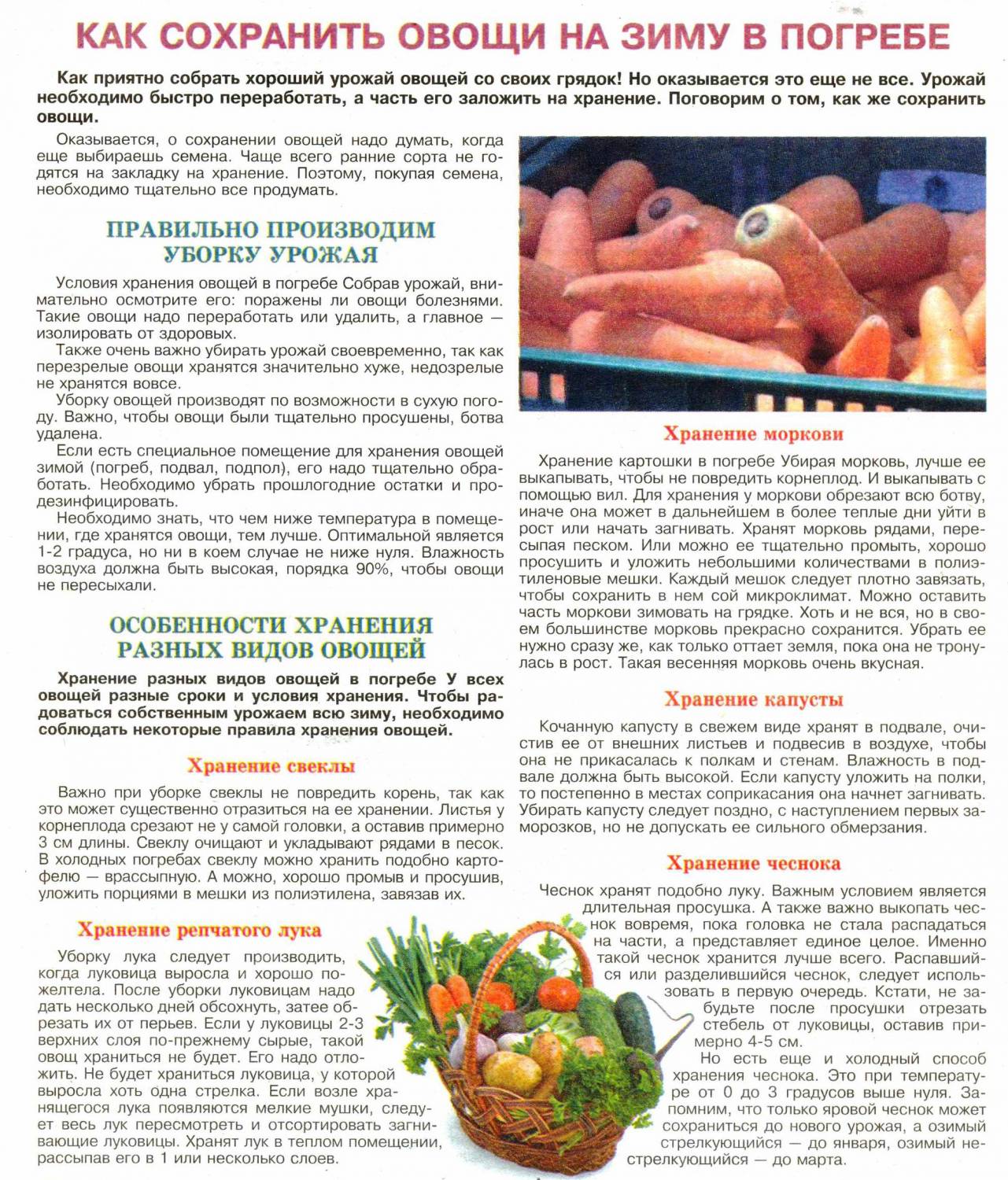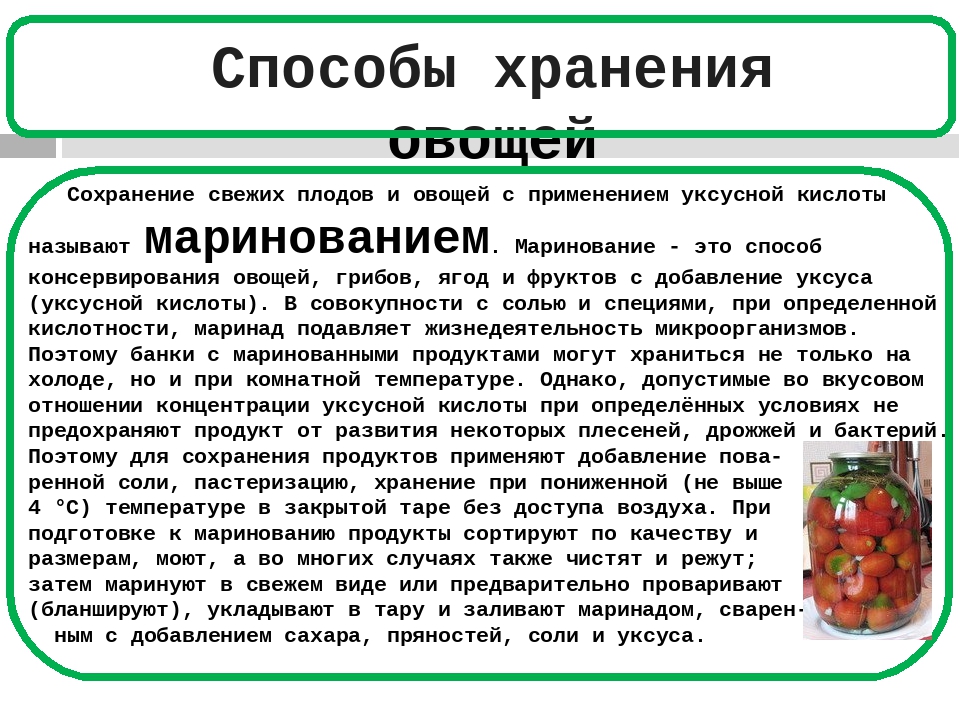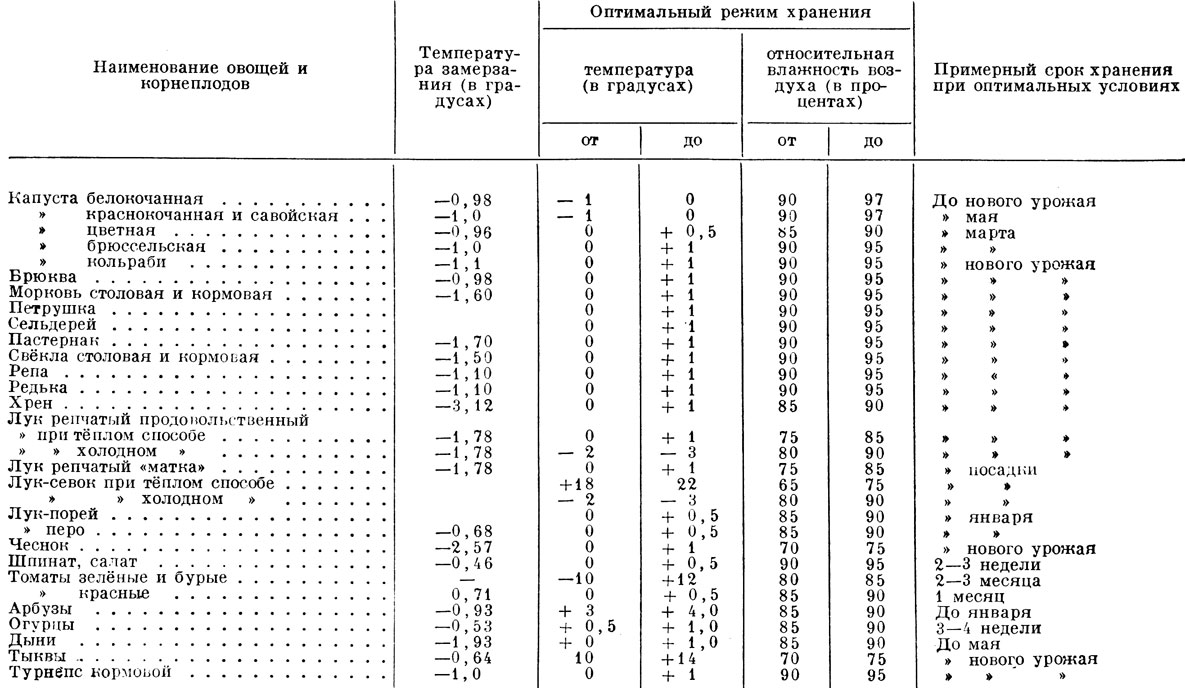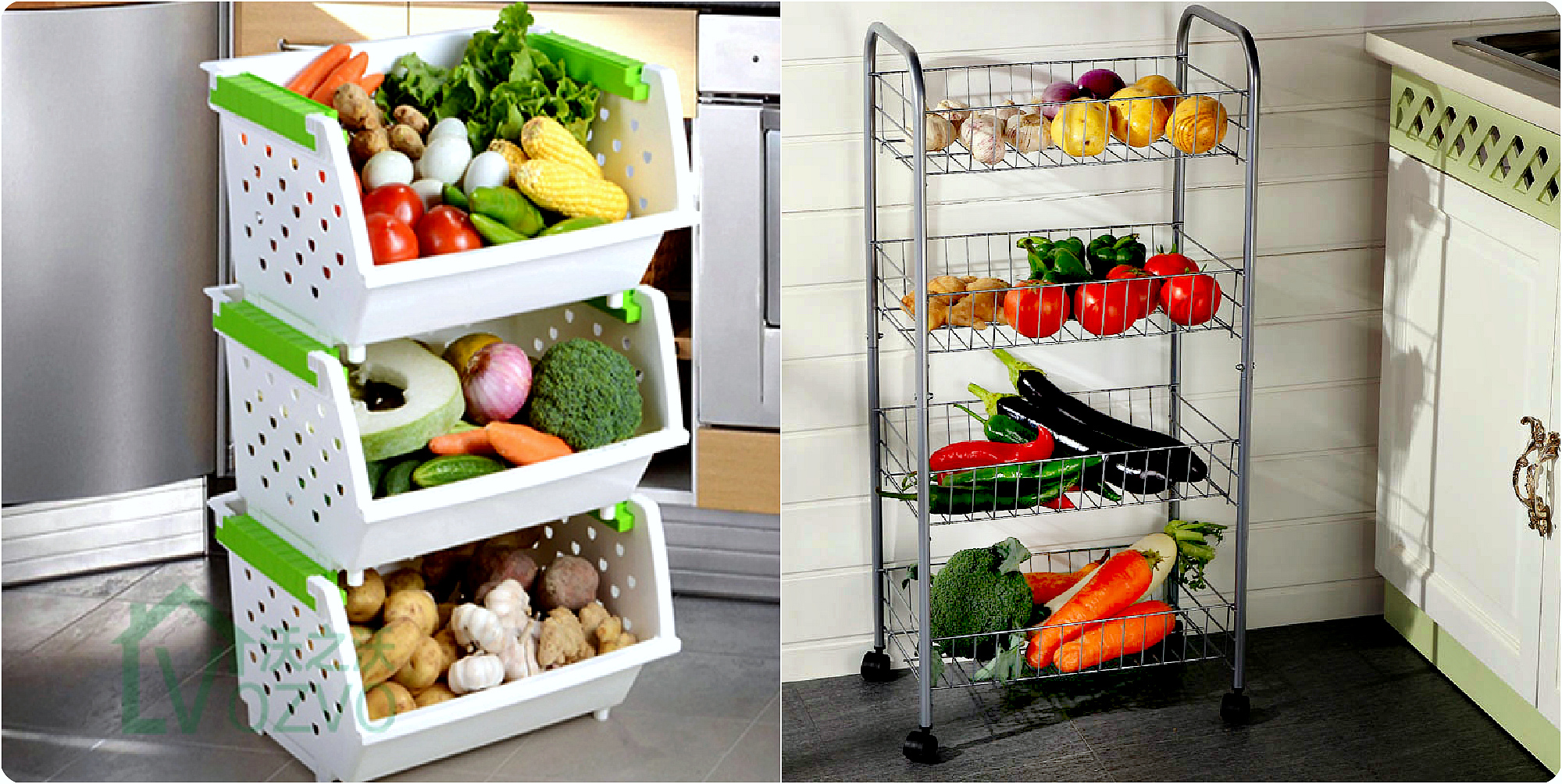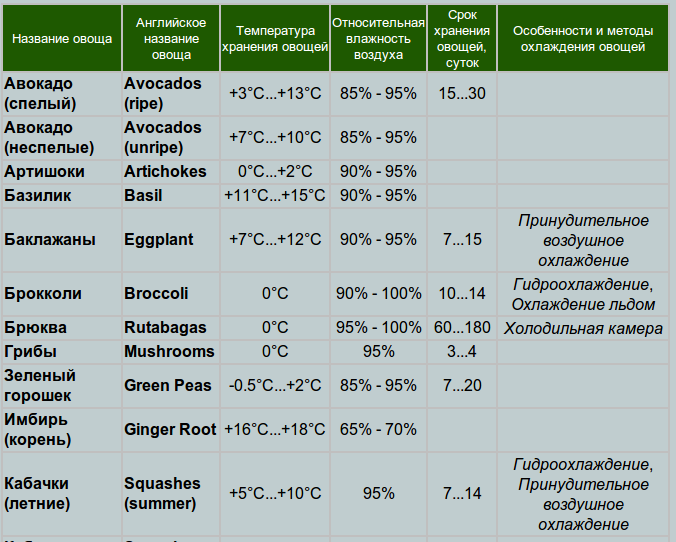Potato
This vegetable rightfully bears the name "second bread" and ranks first in terms of consumption and volume of reserves.
In a city apartment, the best place to store potatoes will be a balcony, and containers - wooden boxes. But before distributing the vegetable into the boxes, it should be sorted out well and dried. All tubers to be stored must be healthy, whole and clean.
In storage, potatoes are capricious, they require coolness and dryness. Direct sunlight is unacceptable, since under its influence the vegetable begins to turn green. Therefore, it is highly desirable to cover the boxes with burlap or other natural fabric for the winter.
With the onset of frost, do not rush to clean the boxes in the apartment. If you have a glazed balcony that is not even insulated, the temperature within it will be several degrees higher than outside. In addition, potatoes tolerate short exposure to cold normally.
However, you still need to follow the thermometer readings. The optimum storage temperature for potatoes is 2-4 ° C. In case of severe cold snap, when the thermometer begins to approach the zero mark, the boxes with potatoes must be moved indoors.
Proper storage of potatoes has its own little tricks. Plants that emit phytoncides will help in this process: fresh rowan leaves, wormwood, elderberry, fern, pine and spruce branches. Placed in boxes with potatoes, they effectively protect the vegetable from putrefactive bacteria.
Another way to prevent potatoes from rotting is to sprinkle it with grated garlic at the rate of 10 g of garlic per 10 kg of vegetables. Potatoes mixed with onion skins are also perfectly stored. And in order to protect the potatoes from premature germination until spring, it is necessary to shift them with mint leaves.
Pumpkin
In urban conditions, it is better to store the pumpkin harvest on the balcony until spring, after having laid straw, rags, sackcloth under the vegetables and protecting them from exposure to sunlight. The optimum temperature for the preservation of the pumpkin harvest is 3-15 ° C. This vegetable is not particularly picky about storage conditions. It does not need to be coated with clay for the winter, covered with sand or shavings. Fresh pumpkin has a dense thick rind, so it always “live” until spring without any problems. She is not afraid of short-term "hypothermia". But still, with a strong and prolonged cold snap, it is better to bring the pumpkin indoors.
Conditions and terms of storage of zucchini at home
The instruction at what temperature it is recommended to store zucchini varies depending on the place of installation: refrigerator, basement, apartment. Let's consider all the conditions.
Storing zucchini for the winter in the cellar
The cellar is the perfect place to keep the squash fresh until spring. A pest and mold free place. The cellar should be periodically ventilated, ideally with a ventilation system. The temperature in the basement should be + 10 °, humidity 80%.
Zucchini are stacked in several ways:
In the box:
The fruits are laid out in one layer. Partitions are created between the vegetables. A drawer lid is not required.
On shelves:
As in the previous method, the zucchini lie at a short distance from each other, in one layer.
In the grid:
The fruit is placed in a net and suspended from the ceiling. You can use nylon tights.
When placing vegetables on a shelf or in a box, it is recommended to use straw as a bedding. It can be used to make walls between the compartments. It is also allowed to line onion boxes with straw.
 Storing zucchini at home
Storing zucchini at home
Cold storage
The zucchini is kept in a special vegetable drawer. If not, it is better to use a different method. It is impossible to store without "packing", therefore 2-3 pieces are wrapped in a plastic bag with holes made for ventilation.
It is not recommended to lower the temperature in the refrigerator below + 4 °, the optimum humidity is 86%. If you follow these rules, the fruits will stay fresh for 3 weeks.
How to store in the freezer
Frozen vegetables can be used within 12 months. It is necessary to cut the courgettes as they will be used for cooking. For example, cubes or circles. Freezing preparation is different from home storage. There is no need to put the fruits in the sun, but they should be washed before slicing.
It is recommended to use shock freezing method:
- Place the chopped vegetables on a tray and leave in the freezer for 1 hour at -18 °.
- Collect the slices, place them in a plastic container with a lid or a zip bag.
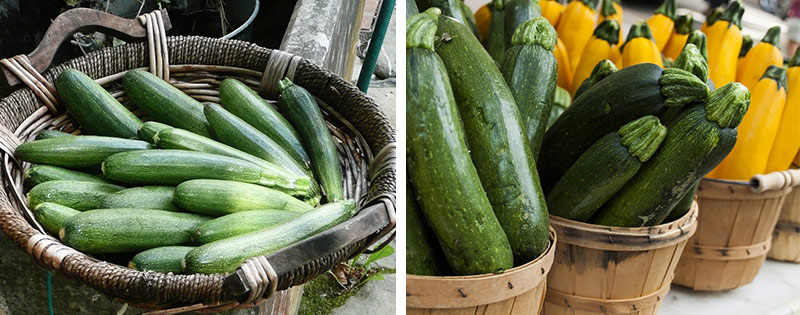 Keeping zucchini fresh
Keeping zucchini fresh
After shock freezing, vegetables do not stick together into one lump. It is recommended to store the workpiece in containers at a temperature not exceeding -10 °. Pomegranate seeds are also perfectly preserved in the freezer.
Pros:
- long shelf life;
- compact look;
- when harvesting, all useful substances are preserved;
- convenient to use for cooking.
Minuses:
- need a large freezer;
- if it is impossible to regulate the temperature, vegetables will stick together;
- after defrosting, vegetables lose their taste.
Storage at room temperature
If there is no basement at home, you can store zucchini in an apartment at room temperature. It is recommended to place them in 1 layer in a cardboard box under the bed or in another dark, impassable place. There should be no drafts, temperature drops. You can leave the zucchini on the balcony if it is heated in winter.
At a temperature of + 18 ° and a humidity of 85%, the fruits remain fresh for 3 months. As with storage in the cellar, they must be periodically checked, and spoiled copies removed.
Zucchini canning
Another way to store zucchini at home is to preserve them. Housewives make zucchini caviar, but you can roll up cans with slices, make a vegetable “salad” with pepper. The workpieces must be stored at temperatures from + 10 ° to + 15 °.
Canned vegetables, unlike fresh ones, are stored for a long time - 9-12 months. However, they cannot be used in all dishes.
What to do if zucchini starts to deteriorate
The rules for storing zucchini for the winter at home do not guarantee that all the fruits will endure steadily for several months after harvest. Vegetables should be inspected every 1-2 weeks. If the fruit is spoiled, it must be immediately separated from the rest and thrown away, otherwise the rest will undergo rapid decay. This is the case with other vegetables, for example, with carrots in storage.
You can determine that the zucchini is spoiling by external signs:
It is not recommended to wait until mold or obvious signs of decay appear.
pro_zvetok
honeycake_natalia
urozhainyi_ogorod
gorody_net
If you follow all the instructions, fresh zucchini can be used almost all year round. Zucchini, which is stored in the basement, remains fresh for the longest time. They will live until spring. You can even keep a watermelon in the cellar for the New Year.
Not everyone has access to a personal cellar, so storage at room temperature at home is an alternative. Unlike the refrigerator, this way you can save not 2-3 zucchini, but much more. And the shelf life is 3 times longer.
Previous
Vegetables and fruits Secrets of how to keep melon before New Year at home
Next
Vegetables and fruits How to store boiled beets in the refrigerator
Everything has its place
The main rule is that all vegetables should be stored separately, without touching each other.
Root crops - radishes, beets - should be properly stored in ventilated boxes, preferably wooden or cardboard ones, from zero to room temperature.Before frost, they can be kept on the balcony, and after that, you can find the coolest place in the apartment, far from heating systems.
It is ideal to store potatoes in a cool, dark place at a temperature of + 5 ... + 10 degrees. In warmth, it begins to germinate, and in the light it turns green and loses its nutritional value. At temperatures close to zero, starch is converted to sugar, which makes potatoes unpleasant to the taste.
The best place to store carrots is in a box of dry sand. But if this is not possible, then you can pack it in paper and a plastic bag and put it in the refrigerator or on the balcony. This will keep the carrots fresh for two to three months.
During storage, cabbage strongly evaporates moisture, so it is advisable to store it by hanging it by a stump or in a net. Do not pick off the top leaves - they will dry out and protect the head of cabbage from moisture loss. You can wrap each fork in paper, the main thing is then not to forget to periodically change it to clean and dry.
If you tie the leaves in a braid and hang the bulbs on the wall, then this method will also help to decorate the room.
Onions and garlic should be properly dried in the sun or near a battery before storing. They can be stored at room temperature, but it is also better to hang them in a net for good ventilation. If you tie the leaves in a braid and hang the bulbs on the wall, then this method will also help to decorate the room.
To keep tomatoes fresh until January, you need to select green undamaged fruits, wrap each of them in paper, put in a box or basket and store in a cool, dark place. After a while, they will ripen and turn red.
Fresh cucumbers and bell peppers keep well in the refrigerator in a tightly closed saucepan, plastic box, or jar. You can put eggplants and zucchini in the refrigerator in the vegetable compartment.
In order for parsley or dill to survive as long as possible, they need to be thoroughly dried and hidden in the refrigerator in a thin polyethylene bag or plastic box.
Green onions are also best kept in the refrigerator, but it is important to separate them from the bulbs first - he does not like when the roots come into contact with the feathers
Greens can also be stored frozen. To do this, you need to chop it finely and place it in the freezer in a plastic bag. It is better to divide the herbs into small portions so as not to defrost the entire volume every time you need to take a little for cooking.
Cabbage
For proper storage, cabbage must meet a number of requirements - not to be slightly frozen, sick, not to have damage and traces of pest attacks. The optimum temperature for it is 0-2 ° C. Therefore, the conditions of the balcony for her will be most suitable for the winter.
A small harvest of cabbage is well stored on a sandy "pillow". To do this, a layer of 15-20 cm of clean dry sand is poured into a wooden box and cabbage is laid out with stalks down. It should be borne in mind that the stumps should have a length of about 8-10 cm.
Cabbage can be kept just in the sand. In this case, the stumps are completely cut off. The bottom of the wooden box is covered with sand. Cabbage heads are stacked at a distance of at least 2 cm from each other and completely covered with sand.
Just like carrots and beets, fresh cabbage can be dressed in clay "clothes" until spring. But no special wisdom is required here. The clay is mixed with water in a 2 to 1 ratio, and each head of cabbage is dipped in the resulting solution. After drying, the heads of cabbage are placed in boxes, covered and displayed on the balcony.
For balcony storage in winter, you should carefully monitor the thermometer readings. Like any other vegetables, cabbage is afraid of freezing.
Beet
Beets are not as tender as potatoes. She has a thicker skin, which protects well from external factors.For winter storage, beets must be well prepared - cleaned of lumps of dirt, dried, free of tops, which are cut at a distance of 1-3 cm from the root crop.
In urban conditions, beets can be stored until spring in wooden boxes, bags made of natural fabrics or nets displayed on the balcony. If the temperature on your balcony does not drop to minus indicators and stays at the level of 2-5 ° C, then for several months you will not have to worry about the beets.
Beets can be stored in sawdust or dry sand. Wooden boxes are used as containers for the winter. This solution significantly prolongs the "life" of vegetables.
A very good result is demonstrated by the joint storage of the harvest of beets and potatoes in one container. Fresh beets are stacked on top of the potatoes to ensure a moisture balance. Excess moisture, dangerous for potatoes, is absorbed by beets, for the preservation of which it turns out to be useful.
The most original, but nevertheless reliable and correct way of storing beets is in clay. To do this, the clay is dissolved in water to the consistency of sour cream, after which each vegetable is dipped in the solution, dried and placed in a cardboard box or wooden box. Having received a personal clay "container", beets can be stored until spring both on the balcony and at room temperature.
How to store vegetables and fruits for a long time
Layers should be alternated to the edges of the box. Carrots should not be in contact with each other, and instead of sand, you can use onion-garlic peels, sawdust and rowan leaves. You can place boxes of carrots in the pantry or on the balcony.
Beet . Before storage, it is necessary to cut the tops of the beets, leaving 3 cm from the petiole and the central rosette of leaves. Root crops need to be folded in rows in a box, the bottom of which is sprinkled with sand, sawdust or peat.
You can store beets in a loosely closed bag or box in a dark, cool (but not cold) room - on a veranda, loggia or balcony. Roots should be checked once a week for rotting or wilting.
If your task is to keep just a few kilograms of beets fresh, place them in a loosely tied plastic bag in the refrigerator.
Cabbage . Before storing, it is necessary to cut off the top green leaves and dry the cabbage heads in a draft.
The best way to store cabbage is in a hanging net at a temperature of 0ºC and 100% humidity or wrapped in white paper.
Zucchini. To keep the zucchini as long as possible, do not wash them and leave the leg shorter than 6 cm.
At temperatures between 4 and 10ºC, you can store zucchini in a dark place - basement, cellar, closet or on the balcony. You need to lay them out in one layer on shelves covered with wax paper. Zucchini should not touch each other.
Potato . Before storing potatoes, dry them in the shade with good ventilation.
Arrange the potato tubers in boxes with sawdust or rowan leaves and provide free air for the root crops. The distance from the box to the wall should not be less than 20 cm.
From above, the boxes need to be covered with burlap and, as moisture accumulates in it, change it.
Bell pepper . Peppers can be stored in a dry basement at 12ºC by stacking them in layers in a drawer. Each layer should be “partitioned off” with thick, clean paper.
To store the pepper until spring, it must be cleaned of seeds, dried and placed in the freezer for freezing. Unfrozen sweet peppers cannot be stored for a long time.
Bitter pepper. Place hot pepper pods in plastic bags and store in a dark place at a temperature of 0 to 2ºC with an air humidity of 85-93%. You do not need to tie the bags.
Jerusalem artichoke. You can store several Jerusalem artichoke root vegetables in the freezer for up to four months. If you need to store a large number of root vegetables, dry them and put them in boxes with wet sand.You can also dig up a Jerusalem artichoke bush with roots and, without shaking off the ground, place it in a box and in a pantry.
Earlier he told where in the apartment to store onions and garlic for the winter.
You can discuss methods of storing pumpkin at home on the forum in the section "Urgently remove these products from the refrigerator
Seasonal fruits
The term and storage conditions for each type of fruit are individual. Place the apples in a cool, dark place. A refrigerator or basement is perfect for this. Remember to keep them next to other fruits because they release ethylene. This substance accelerates the ripening of fruits, and, consequently, their spoilage.
It is necessary to store persimmons correctly at home on the side wall of the refrigerator. So she can lie for up to a month. If you wrap it in paper, then this period will at least double.
Peaches, apricots and plums will only last a few days at room temperature. In the refrigerator or other cool and dark place, these fruits will last up to 3 weeks. If plums and peaches are not fully ripe, then store them in a cool dry place wrapped in paper.
If the persimmon is wrapped in paper, its shelf life will double.
Store grapes only in the refrigerator. Place the bunches on a paper towel lined dish. At room temperature on a hot day, it will begin to wither in a few hours, lose moisture and attract midges. The grapes will last more than 2 weeks if placed on sawdust mixed with mustard powder.
Pears are the easiest to store. They feel great in the refrigerator in the special lower fruit compartment. Summer pears in such conditions will stand for about a month, and winter ones - up to six months.
Melons and watermelons may last for about 6 months in a cool basement or pantry. Place the fruit in the refrigerator immediately after cutting. In this case, be sure to wrap the cut point with cling film.
Storage conditions for onions and garlic
Onions and garlic are believed to be relatively easy to care for. The classic way is to weave them into braids and hang them on the wall in a secluded, dark, dry corner, where the temperature is more or less stable. Oddly enough, it may even be a nook next to the heating battery. Onions can be stored for months without compromising quality. The increased dryness near the battery prevents the bulbs from germinating. Garlic does not like this treatment, it can dry out.
It will not be possible to weave the onions and garlic entering the distribution network into braids - the tails are short. Take an old but clean thin nylon stocking and fill it with onions or heads of garlic. Hang it on a nail by the toe, and tie the bottom with a free knot or pinch it with a clothespin so that it is convenient to get one onion at a time.
Sometimes rot or onion fly starts in onions. To avoid this, before storage, either cut off the bottoms of the bulbs, or set them on fire with a candle or on a gas burner. And to prevent germination, the bulbs are also scorched on the other side. The same is done with garlic.
Garlic is much more capricious than onions. Therefore, you have to keep it with tricks. For example, each head is dipped in molten paraffin prior to storage to form a continuous shell. It will keep the garlic cloves from drying out.
Another exotic way of storing garlic is to put peeled cloves in sunflower oil. This will not make the oil worse, on the contrary, it will acquire an appetizing aftertaste.
You can also put unpeeled heads of garlic in a glass jar and sprinkle with dry flour, adding a layer of at least 2 cm on top.
If you have not saved the bulbs and they are frozen, put them in cool water for 2-3 hours, and they will restore their appearance and taste. But for long-term storage, such onions are no longer suitable.
Potato diseases
Potatoes, like any other plant, are susceptible to various diseases. Some are spread from damaged vegetables when stored improperly.The most common diseases:
- Damaged tubers are infected with late blight fungal infection through adhering soil. Brown spots appear on the tubers, which dry out. At this point, voids form under the skin. The disease is transmitted to neighboring crops.
- A diseased fetus may have internal rot. This is a secondary condition that sometimes develops inside the damaged vegetable.
- The fungal disease black scab affects the flesh of the fruit. A neighboring crop becomes infected through the soil if the correct temperature regime is not observed.
- Some tubers have dark flesh. This comes from a lack of potassium or when the soil contains a lot of nitrogen. If during the growth of the crop there was dry and hot weather, the pulp of the tubers also becomes dark in color.
Only dry healthy vegetables are placed in the storage without damage - then the harvest will be preserved until spring.
At what temperature should fruit be stored
Scheme of stacking apples in boxes: a - stacking in straight rows in a three-sided box; b - diagonally stacking apples in a box.
Besides vegetables, we are also trying to preserve fruit for the winter. The surest way is to freeze and preserve fruit. Still, sometimes you want to keep the fruit fresh for as long as possible.
Apples are subject to long-term storage if the following conditions are taken into account. The first condition: you need to harvest correctly, take care of each apple. The second condition is to wipe each apple with a cloth treated with glycerin, or wrap each apple in paper and put it in boxes or boxes. The storage temperature for apples should be zero, and the air humidity should be 85-90%. Under these storage conditions, apples can remain fresh for three to eight months.
Pears, unlike apples, are not stored for so long, but they also require special attention when collecting and storing them. Temperature and humidity are the same as when storing apples
The fruits are placed in boxes, which must provide good air access. It is necessary to sort out fruits every month, remove spoiled and infected with rot.
If you want to preserve plums for a while, then they need to be properly harvested from the tree. Cut each plum with scissors with a stalk, put it in a plastic bag and put it in the refrigerator or in a cool dark room, where the temperature is closer to zero. So they can lie from two to four weeks, no more, otherwise they will start to deteriorate and you will lose part of your harvest. Also, in no case should you peel off the wax film from them, which only increases the shelf life.
The rest of the fruits grown in your garden cannot be stored for a long time. It is better to use them intensively for food or freeze for the winter, and then cook wonderful and tasty compotes or prepare various desserts.
| Vegetables and fruits | Storage temperature, ° C | Air humidity, % | Shelf life |
| Potato | +2… +3 | 90-95 | 2-4 months |
| Carrot | +2… +4 | 98-100 | 2-3 months |
| Cabbage | -1… +1 | 98-100 | 2-3 months |
| Beet | +2… +4 | 90-95 | 3-4 months |
| Onion garlic | 0… +6 | 65-75 | 2-3 months |
| Pumpkin, zucchini | +6… +12 | 90-95 | 2-4 months |
| Tomatoes | +8… +10 | 90-95 | Up to a month |
| Cucumbers | 0… +1 | 90-95 | 15 days |
| Bell pepper | +1… +4 | 90-95 | 1-2 months |
| Eggplant | +2 +3 | 90-95 | 1 month |
| Apples | 0 +1 | 85-90 | 3-8 months |
| Pears | 0 +1 | 85-90 | 2-3 months |
To summarize our article, it is possible to summarize all the data that is necessary for proper and fruitful. These are the relative humidity and storage temperature, the table of which is presented above.
7 secrets of freshness
Knowing certain secrets, vegetables and herbs can be stored for weeks and months. There are at least 7 life hacks to keep them fresh.

Separate storage
It is very important that vegetables and herbs are kept separate from berries and fruits that emit ethylene. This gas starts the maturation process
Tomatoes, cucumbers, zucchini quickly overripe and spoil.
Most ethylene is emitted by:
- melon;
- apricot;
- Apple;
- pear;
- banana.
In addition, it is advisable not to put certain types of vegetables together. Carrots and beets next to the tomato will turn bitter.And if you put pepper along with the potatoes, then it will soon become covered with eyes and sprout. Garlic and pumpkin are stored separately, as they quickly impregnate products with their smell.
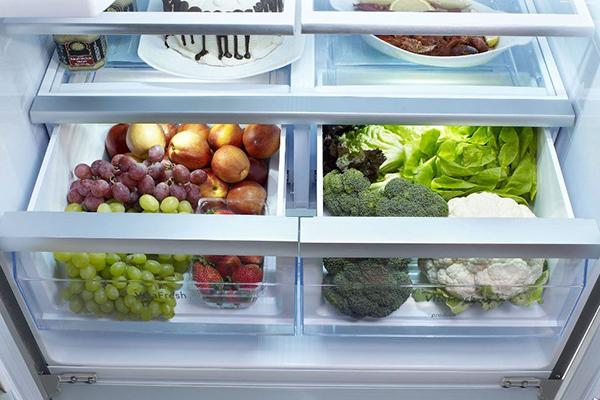
Cool
All foods keep better in a cool place. Cold inhibits decay processes and various chemical reactions.
It is recommended to store most of vegetables and herbs at temperatures from 0 to +5 degrees.
But there are exceptions. Tomatoes, zucchini, cucumbers, pumpkin, zucchini, bell peppers and basil are thermophilic. They are kept at home on the balcony, in the cellar, or just in the room.
Lack of sunlight
Another important point. The sun's rays, especially direct ones, contribute to the rapid deterioration of food. Therefore, vegetables and herbs that are stored outside the refrigerator must be covered with something and put in the shade.
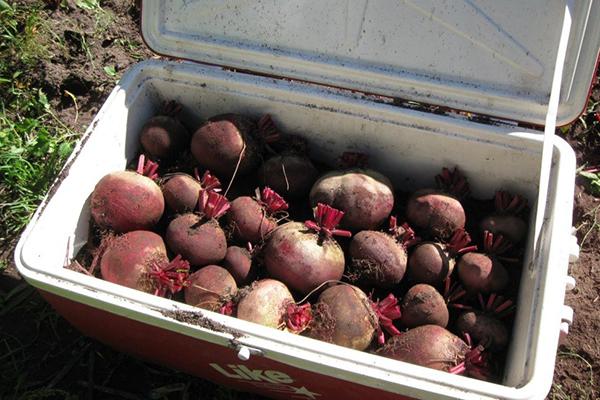
Down with tops
Before sending the roots for storage, you need to cut off the tops, leaving a tip of 2 cm. Otherwise, the leaves will continue to grow, taking away nutrients. If you do not leave the tip at all, the vegetable will dry out faster than it could.

Minimum damage
Wounds, bumps, creases contribute to the rapid deterioration of vegetables and herbs. Fungi and bacteria penetrate through the damage. Food starts to rot.
To keep stocks fresh for a long time, it is important:
- fold vegetables so that they are not squeezed;
- store greens in a straightened form - you cannot bend the stems and leaves;
- timely remove spoiled roots and leaves.

Correct packaging
Vegetables and greens "breathe" and emit carbon dioxide. Therefore, it is better to choose the packaging that allows air to pass through:
- paper wrapper;
- mesh;
- plastic bags with holes.
In a regular package, vegetables and herbs will "suffocate". Sweat will appear inside, food will become damp and moldy.
Another option is cling film. By wrapping it tightly around each copy, you block the access to oxygen. Usually cabbage and greens, as well as cut vegetables are packed in this way.

"No" wash!
Clean vegetables look appetizing and will not contaminate the refrigerator. For this reason, many housewives wash them right away, having barely bought them.
Washed greens and vegetables disappear 2-3 times faster. The natural protective layer can be easily removed during washing. Water procedures lead to excess moisture accumulation and simply injure plants and fruits. If potatoes, carrots and beets are clumped, remove excess dirt with a soft brush.
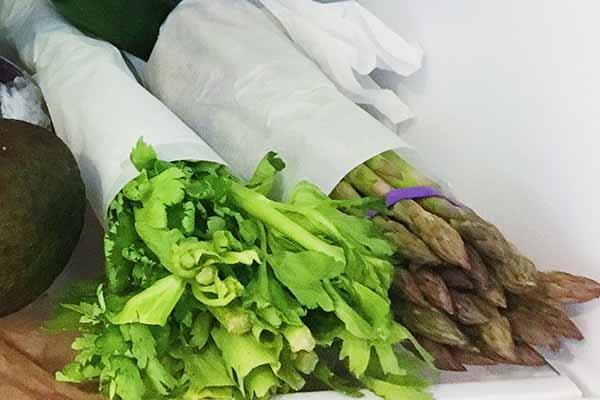
Additional tips and tricks
Experienced housewives advise you to follow a few simple recommendations:
- when preparing peppers for stuffing, a special knife is used to remove the stalk;
- seeds are easily removed with a stream of warm water;
- for preservation, keep the whole fruit or cut into large pieces;
- harvest unripe, so it is stored longer for 4-6 weeks;
- to dry vegetables, use gauze and a layer of newspaper, the substrate should absorb the juice well;
- when frozen, the harvest year is signed on a package or container in order to track the expiration date;
- fruits in boxes are not laid out very tightly to prevent rot.
If you adhere to all the rules of procurement, then there should be no errors. Bell peppers are best kept in a cool place. If the harvest is small, then the bottom shelf of the refrigerator is an ideal place. You can always enjoy the harvest if you make some preparations for the winter.
Share link:
How to store squash and pumpkin
Zucchini and pumpkins should ripen well
It is especially important that there is no rain in the last month of their growth, therefore, they should not be watered too much.
These plants came to us from dry steppes and semi-deserts. Excess moisture in the cell sap leads to decay of the fruit tip. If it rained before harvesting, the fruits will be poorly stored, it is better to process them immediately.Or, during the rains, put a tunnel film shelter above them on arcs, leaving the ends of the beds free from the film for airing, otherwise a white bloom may appear on the leaves - powdery mildew.
Zucchini is best stored upright, away from the battery. Pumpkins can be stored on cabinets, on refrigerators on top or under the bed right on the floor. Pumpkins and zucchini are removed with a large "tail" up to 3-4 cm long.
Storage conditions for beans, peas
Well-ripened and well-dried legumes can be stored for a long time, but the problem is that beetle larvae start even before harvesting. To prevent them from multiplying, garlic cloves or dill seeds, cut in half, are placed in the beans that are stored.
You can leave the beans in the cold, for example, on the balcony. Or place in a hot oven. Of course, such seeds will lose their germination, but they are suitable for eating.
The best way to preserve the crop of legumes is to hermetically (only with metal lids) pack well-dried beans in jars with the addition of cooled ash from dry beans. Calculation: 1 tablespoon of ash in a 0.5 liter jar of grains. Even if there was already a bug or its eggs in the grains, they will die from ash and lack of oxygen. In this form, the grain can be stored for many years without losing germination.

